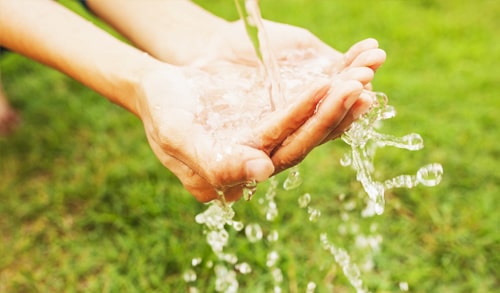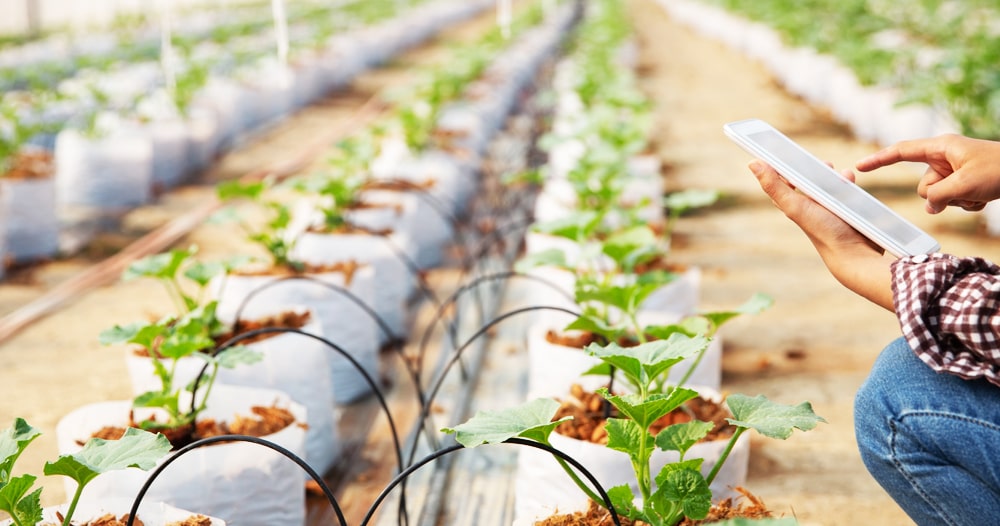

In recent years, droughts in the United States have become an increasingly common phenomenon, leading to serious problems for farmers. The reduction of water reserves and the increase in its cost make its use on farms even more pressing and require a careful approach.
Water-saving practices on farms not only reduce costs but also reduce the burden on the environment and contribute to the conservation of water resources.
The aim of this article is to provide practical advice and recommendations that will help farmers reduce water consumption on their farms during times of drought.
We will examine the typical use of water on farms, identify the main problems that arise from its consumption, and present key water-saving practices and innovative methods.
We will also look at several examples of successful implementation of water saving practices on farms and provide recommendations for further actions for farmers who want to start saving water on their farms.
To conduct a water consumption analysis on a farm, you need to describe the typical use of water on the farm, identify the main factors affecting water consumption, and evaluate the current water consumption on the farm and identify key issues.
Typical water usage on farms may include irrigation of fields, providing water to animals, using water for cleaning and sanitation purposes, and for producing food products.
The main factors affecting water consumption on a farm may include climate conditions, soil type, the number of animals and crops, as well as the equipment and technologies used.
Evaluating the current water consumption on the farm can be done by using water meters, as well as by interviewing employees and farm owners. This evaluation will help identify key problems related to water consumption and determine areas where changes are needed to reduce water consumption.
Overall, conducting a water consumption analysis on a farm is an important step in identifying opportunities to reduce water consumption and improve farm efficiency.
To implement water-saving practices on a farm, a number of key practices can be used:
| Increasing the efficiency of water use for livestock:Special water delivery systems can be used that allow animals to consume only the necessary amount of water. Additionally, animal diets can be reviewed to reduce water consumption.Benefits: reduces water consumption, improves animal health, and reduces feed costs.Implementation instructions: install water delivery systems for animals, train employees on how to use these systems, and review animal diets. | Improving irrigation systems:More water-efficient irrigation systems such as drip irrigation or systems that allow for precise water dosing can be used.Benefits: reduces water consumption, improves soil quality, and increases crop yields.Implementation instructions: choose a suitable irrigation system and install it on the farm. Train employees on how to properly use the irrigation system and monitor its effectiveness. |
|---|
| Using rainwater and water recycling:Rainwater can be used for irrigation, and water can be recycled and reused, for example, for irrigation.Benefits: reduces water consumption, reduces water costs, and increases resource efficiency.Implementation instructions: install rainwater collection and water recycling systems, such as rainwater collection tanks and water filtration systems for reuse. Train employees on how to properly use these systems and monitor their effectiveness. | Using low-water-use equipment:Modern equipment that requires less water to produce the same products, such as more efficient equipment for washing equipment, can be used.Benefits: reduces water consumption, reduces equipment costs, and increases productivity.Implementation instructions: choose suitable low-water-use equipment and train employees on how to use it. |
|---|
| Water consumption monitoring:It is important to regularly track water consumption on the farm and identify potential leaks or inefficient water use.Benefits include increased water use efficiency, reduced water consumption, and decreased water costs.Implementation instructions: Install water consumption monitoring systems on the farm, train employees on how to properly use these systems, and conduct regular monitoring of water consumption. If leaks or inefficient water use are detected, take measures to address these problems. While these practices are not an exhaustive list, they can be useful for farmers who want to save water. The final choice of practices depends on the specificities of the farm and its needs. It is important to remember that every step towards water conservation on the farm can have a positive impact not only on the environment but also on the economic aspect of farm activity. | Reviewing cleaning and washing processes:Cleaning and equipment washing processes can be optimized to use less water. For example, water can be used only for washing dirty surfaces, and cleaning agents can be used to reduce water consumptionBenefits: reduces water consumption, reduces water costs, and increases productivity.Implementation instructions: review cleaning and washing processes on the farm to determine what changes can be made to reduce water consumption, and train employees on how to use the new processes properly. |
|---|
Some of the innovative water conservation methods that can be useful for farmers include:
However, each of these technologies has its advantages and disadvantages, as well as requiring an individual approach to implementation on a specific farm. It is important to study the specifics of each technology and make a decision about its applicability to a particular farm.
The main factors that helped these farms achieve success in water conservation are:
In conclusion, water conservation on farms is an important task during periods of drought when access to water resources is limited. In this article, we have discussed various water conservation methods that farmers can use on their farms to reduce water consumption and increase efficiency.
For farmers looking to start conserving water, it is important to start by assessing their water consumption and identifying potential areas where water conservation methods can be implemented. Planning and implementing water conservation methods may require investment, but in the long run, they can bring significant economic and environmental benefits.
Overall, water conservation on farms is not only an important environmental issue but also an economic opportunity for farmers to improve the efficiency of their business. The use of water conservation methods can help reduce water costs, increase crop yield and quality, reduce environmental impact, and contribute to sustainable agricultural development.
(888) 350-8775
support@Wateraidsolution.org
